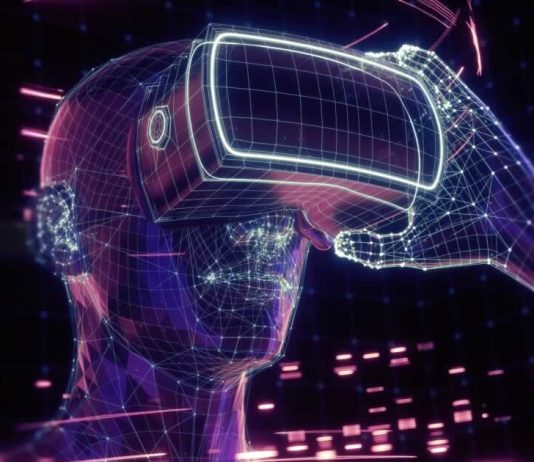Intel doubts Meta will be able to deliver on its promised metaverse in the near future. The company believes that at the moment, there are not enough technical capabilities for this.
According to senior vice president and head of the Intel Graphics and Accelerated Computing Systems Group Raja Koduri, creating virtual and augmented reality for billions of people at the same time will require 1,000 times more computing power than it is today.
Koduri seems excited about the metaverse idea, especially considering the digital dependency that the Covid-19 pandemic has caused. The metaverse could be the next major computing architecture after the internet, he said. However, there is no need to wait for the imminent appearance of a real metaverse.
As Koduri notes, so far, we cannot even place two people in a truly detailed virtual environment, in which clothes, hair, skin tones must be carefully drawn in real-time, plus gestures, voice and much more. It is necessary to establish data transmission with ultra-high bandwidth and extremely low latency. Such technologies simply do not exist yet.
If the metaverse truly becomes the new internet, the company’s business will take off. However, Koduri explained that hardware alone would not be able to provide a 1000-fold increase in computing power. Due to the limitations described in Moore’s Law, in the next five years, we will get a maximum of tenfold increase.
But, in his opinion, this gap can be filled by algorithms and software — neural networks and computing technologies like those that are already used at Intel. In addition, they will reduce the increasing demand for electricity.
